[email protected] | 866-832-2987
BOOK YOUR BUCKET LIST
WHERE EPIC AWAITS
BOOK YOUR
BUCKET LIST
WHERE EPIC AWAITS
As Featured By





As Featured By





EXPLORE THE EXPERIENCES

Great chance at a large peacock bass true trophy peacock in an intimate jungle setting. These floating bungalows can take you to the most inaccessible headwaters regions.
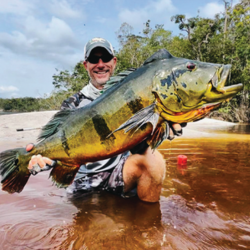
If you're hunting for a real shot at a world-record peacock bass, then this is the place for you. This trip delivers more 20+ lb. fish/week than any other Amazon fishery.
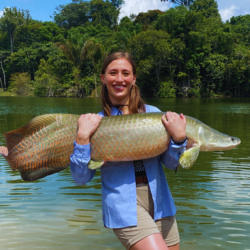
This one-day trip is available as an add-on to an Acute Angling trip. A chain of 5 isolated lakes independent of the floodplain; fishable during the season!
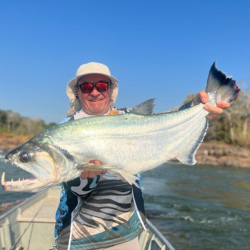
Take your own River Monsters fishing trip! Preserved in a remote area, this unique fishery provides anglers with a wide variety in fish species.
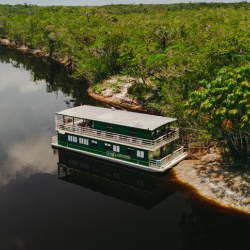
This premium accommodation accesses some of the complex shallow backwaters and less accessible fish-laden regions. This barge flagship lets you go anywhere!
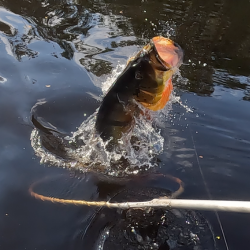
The most consistent fishing trip in the Amazon! This beautiful yacht roams the enormous Rio Negro basin, concentrating on accessing productive waters.
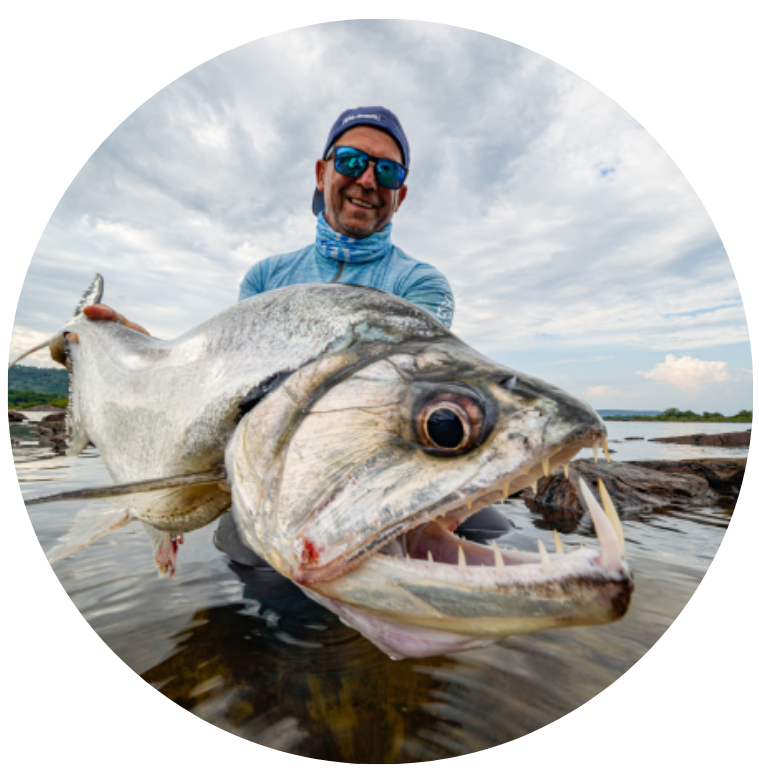
If you’re looking to catch a variety of fish species, then this is the trip for you. Enjoy the diversity of sport fish and the various fishing techniques used to catch them.
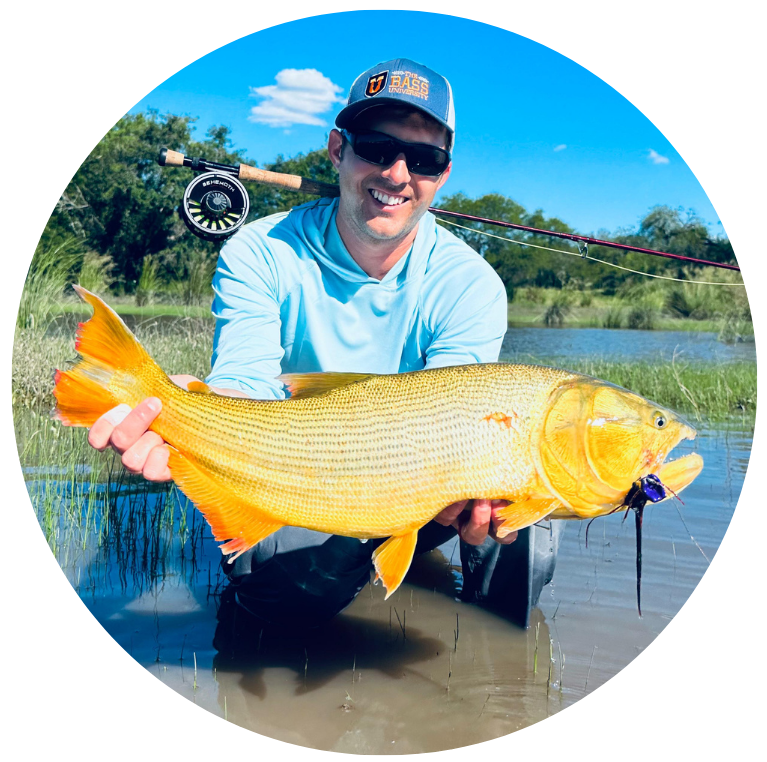
The lower Paraná River is generally known as an area that delivers a high quantity of fish. When conditions are good anglers typically catch 10-30 dorados a day!
WHAT OUR ANGLERS HAVE TO SAY
EXPLORE THE EXPERIENCES

Great chance at a large peacock bass true trophy peacock in an intimate jungle setting. These floating bungalows can take you to the most inaccessible headwaters regions.

If you're hunting for a real shot at a world-record peacock bass, then this is the place for you. This trip delivers more 20+ lb. fish/week than any other Amazon fishery.

This one-day trip is available as an add-on to an Acute Angling trip. A chain of 5 isolated lakes independent of the floodplain; fishable during the season!

Take your own River Monsters fishing trip! Preserved in a remote area, this unique fishery provides anglers with a wide variety in fish species.

This premium accommodation accesses some of the complex shallow backwaters and less accessible fish-laden regions. This barge flagship lets you go anywhere!

The most consistent fishing trip in the Amazon! This beautiful yacht roams the enormous Rio Negro basin, concentrating on accessing productive waters.

If you’re looking to catch a variety of fish species, then this is the trip for you. Enjoy the diversity of sport fish and the various fishing techniques used to catch them.

The lower Paraná River is generally known as an area that delivers a high quantity of fish. When conditions are good anglers typically catch 10-30 dorados a day!
TESTIMONIALS
WHAT OUR ANGLERS HAVE TO SAY
“This was one of the best trips I’ve ever been on!...The management made the whole process very easy and provided a ton of info for us leading up to the trip. I honestly can’t rave enough about it. My dad already has another trip booked with them and I will definitely be booking with them in the future on one of their other trips as well. 10/10 experience.” - Bannon G.

“The trip was amazing from the time we arrived to when we left…I highly recommend this outfitter and all the guides worked their tails off to make it an incredible experience. We were so impressed that we booked two more trips with them before we finished the first one.” - Scott R.

“Having been to Brazil, Peacock Bass fishing for over 25 years (19 trips), I have used many different outfitters …Acute Angling is BY FAR the BEST…They are an Outfitter who understands what a Fisherman wants and gives that to them. I am convinced that they are the BEST.” - Jason B.

“I've fished with Acute twice in less than a year. It's a first class operation and we got first class fish to go with it! This may become an annual trip for me!” - Rob O.

Trips For All Groups & Occasions
We Have a Trip For Everyone

Corporate Trips
Reward and incentivize your team with something truly unforgettable.

Groups & Families
Create experiences and make memories with loved ones that last a lifetime.

Individuals & Couples
Engage in the ultimate couples or solo adventure.
Trips For All Groups & Occasions
We Have a Trip For Everyone

Corporate Trips
Reward and incentivize your team with something truly unforgettable.

Groups & Families
Create experiences and make memories with loved ones that last a lifetime.

Individuals & Couples
Engage in the ultimate couples or solo adventure.
25+ Years of Amazon Fishing
Facilitating Bucket List Experiences
25
Years in the Amazon

Thousands
Trips Facilitated

#1
Facilitating Trips

50+
Species to Fish
25+ Years of Amazon Fishing
Facilitating Bucket List Experiences
25
Years in the Amazon

Thousands
Trips Facilitated

#1
Facilitating Trips

50+
Species to Fish
Join Us: Get monthly newsletters, discount offers and new content notifications exclusively for our members. Join for FREE below with your name and email.
Read Our Newest Blogs
Lorem ipsum dolor sit amet, consectetur adipiscing elit. Aliquam

Giant Catfish of the Amazon — The Apex Predators of South America's Waters
Kings of the River

The Amazon Basin is home to the most diverse freshwater fish community on Earth. Of the more than 3,000 documented species found in the region, nearly half are catfish. This astonishing density makes the Amazon the most important stronghold of the order Siluriformes anywhere in the world.
From tiny, parasitic candiru to armored bottom-feeders and open-water bruisers, catfish occupy nearly every available niche in the aquatic ecosystem. Many of them are the largest and most powerful freshwater species found anywhere—and for anglers, they represent one of the most unique and awe-inspiring opportunities in sportfishing.
The Amazon’s giant catfish aren’t just big—they’re ancient, athletic, and exquisitely adapted to their environments. These are not sluggish bottom-feeders. The region’s most prized species are apex predators: explosive, migratory, and powerful enough to break heavy tackle. While peacock bass fishing may be the most popular draw for visiting anglers, targeting these monsters offers an entirely different kind of challenge. They're often caught at night or in deep current, demanding specialized tactics, gear, and endurance. For anglers interested in a more complete understanding of the Amazon’s biodiversity—or simply seeking the thrill of a lifetime—multi-species fishing trips that include these giants are the ultimate experience.

Three of our guides lift a 109 pound Jaú, a previous world-record Giant Amazon Catfish
At Acute Angling, our expeditions are designed to reach the Amazon’s most productive and remote waters, offering anglers the chance to battle the biggest catfish in South America in wild, unpressured environments. Whether it’s on the Aripuanã River, the Xingu, or other tributaries, we provide the access, expertise, and support to make your Amazon fishing trip a truly legendary adventure.
Taxonomic Context: Catfish in the Tree of Life
The catfish order, Siluriformes, is one of the most successful freshwater fish groups in the world. Found on every continent except Antarctica, they range in size from a few centimeters to over 300 pounds. But nowhere do they display such diversity and ecological dominance as in the Amazon. The chart below shows the taxonomic path that leads to the Amazon’s riverine giants:

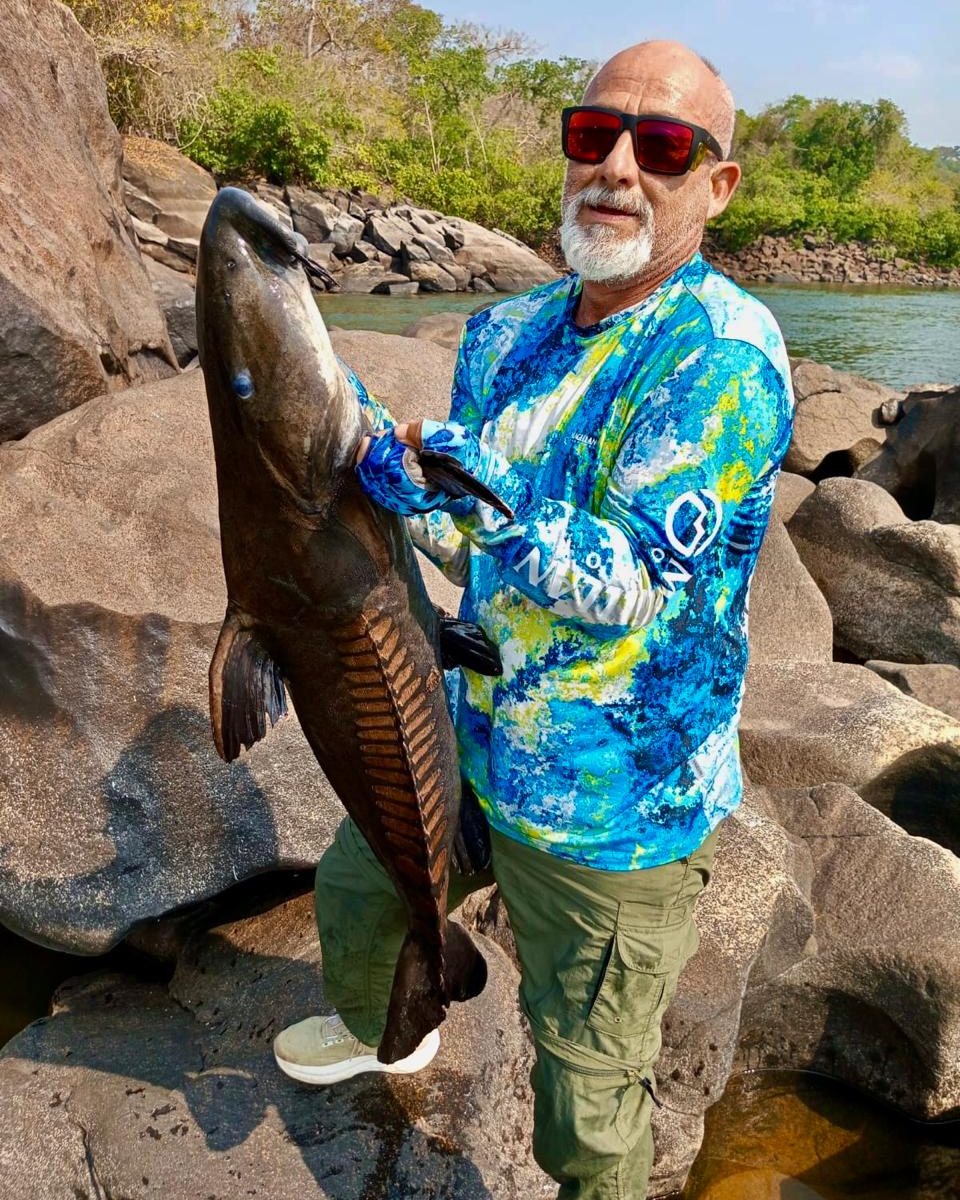
More than 1,300 species of catfish are found in the Amazon Basin, making up nearly half of all fish species in the system. This order includes a vast array of sizes, shapes, and behaviors. However, for anglers, a handful of species in the family Pimelodidae—long-whiskered, predatory catfish—stand out as elite gamefish. These are the piraíba, jaú, redtail, surubim and jundiá—titans of the river and apex predators in their domain.
Catfish – General Characteristics
Despite their enormous variety, catfish species share a set of defining features that unite them under the order Siluriformes. These traits reflect ancient adaptations that have allowed catfish to flourish in nearly every freshwater environment on Earth—and in the Amazon, they’ve taken these characteristics to the extreme.

The most recognizable features include:
Barbels ("whiskers"): All catfish possess sensory barbels, usually four pairs, that allow them to detect food through chemical cues and touch. These barbels are packed with taste buds and help the fish navigate in murky or low-light conditions—a vital adaptation for life in the often turbid waters of the Amazon Basin.
Scaleless bodies: Unlike most bony fishes, catfish lack true scales. Instead, many species are protected by thick, leathery skin or bony plates. Others rely on camouflage, cryptic coloration, or electroreception to avoid predators and locate prey.
Spine-reinforced fins: Catfish typically have hardened spines in their dorsal and pectoral fins, which can lock in place as a defensive mechanism. These spines can be formidable—sharp enough to injure predators (or careless anglers).
Adaptability: Many Amazon catfish have evolved unique respiratory systems that allow them to survive in low-oxygen environments. Some species gulp air directly from the surface; others have modified swim bladders or specialized gill structures that support survival during dry season isolation or flooding events.
Feeding Versatility: Though some are strict piscivores (like piraíba) and others omnivorous scavengers, all catfish possess powerful, suction-capable mouths. They are tactile feeders, capable of ingesting a wide variety of prey—from insects and crustaceans to fish, fruit, and even birds.
These core features make catfish not just survivors but dominators—masters of South America’s diverse aquatic habitats. For anglers, these adaptations mean one thing: unpredictability. The only certainty in Amazon catfish fishing is that you’ll never catch the same fish the same way twice.
Catfish – Variability and Specializations
Although they’re often lumped together as “bottom feeders,” catfish are anything but simple or uniform. In fact, they are among the most morphologically and behaviorally diverse fish on the planet. The Amazon Basin is a hotspot for this variability, with catfish that swim, dig, cling, drift, scavenge, and hunt—some of which look more like eels, rays, or armored tanks than what most anglers would picture as a catfish.
These fish range from the translucent, parasite-like candiru to the heavily armored doradids and aspredinids, with wild variations in body shape, fin placement, pigmentation, and behavior. Some Amazon catfish are adapted to crawl through leaf litter on the forest floor during flood season, while others are equipped with powerful, high-oxygen-demand physiology for surviving in fast, deep channels with little slack water.
For anglers, this diversity means that each species presents its own challenge. Some feed by scent and vibration alone; others are active predators drawn to movement and flash. The methods and gear required to catch these species are just as diverse. Understanding these differences—and targeting the right environments—is essential for a successful multi-species fishing experience in the Amazon.
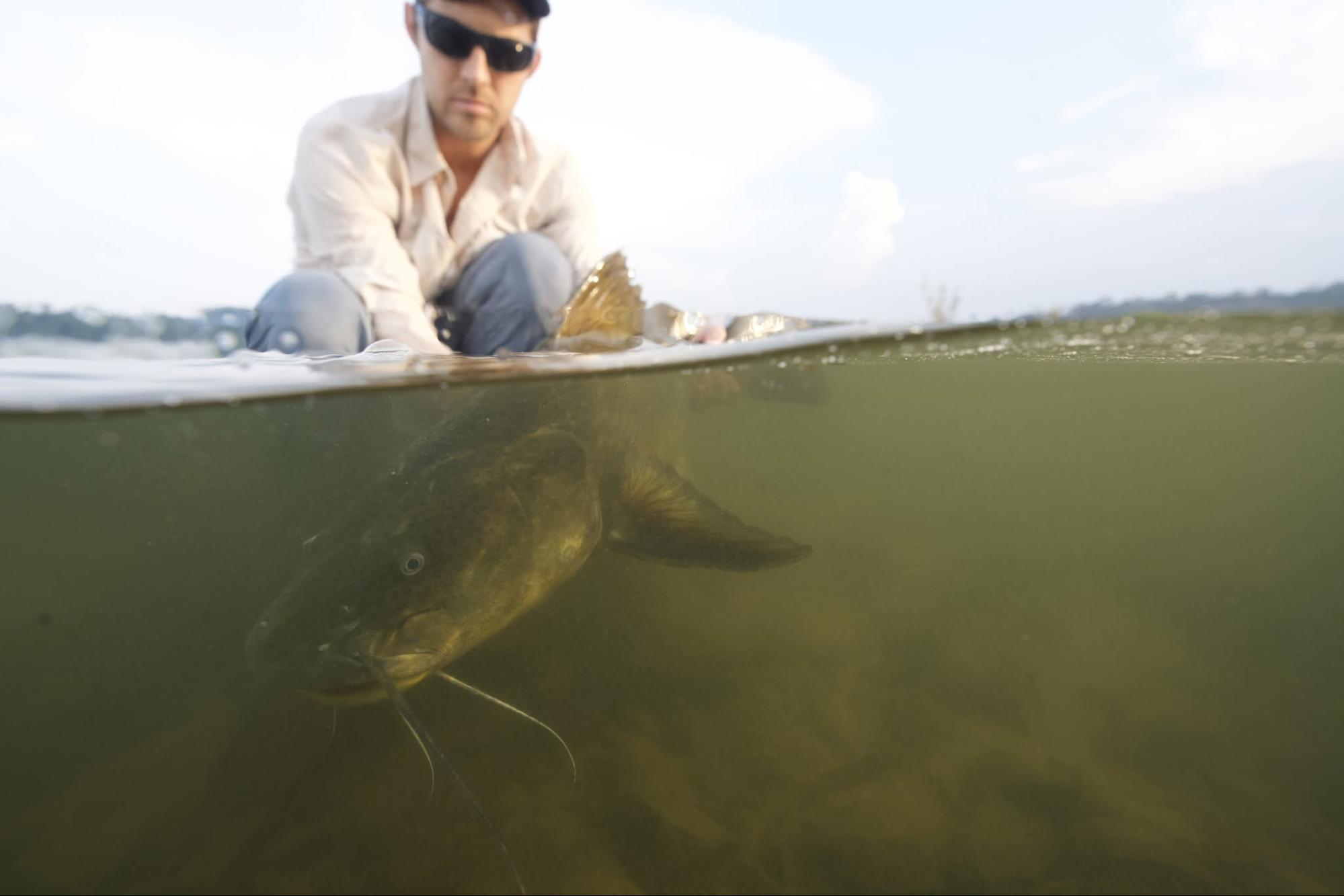
Amazon Catfish
Piraíba (Goliath Catfish) — Brachyplatystoma filamentosum (Lichtenstein, 1819)
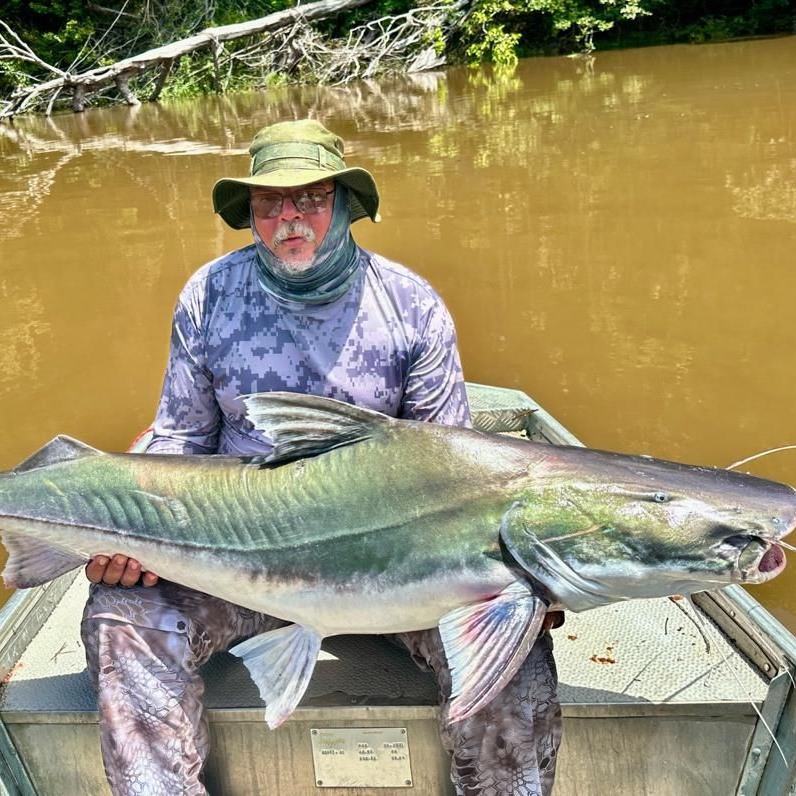

The piraíba is South America’s largest catfish—and one of the largest freshwater fish in the world. It is the apex predator of the Amazon River system, equipped with a massive head, a deeply forked tail, and a sleek, muscular body built for power and endurance. This is the fish that legends are made of.
A mature adult can reach 300 pounds or more and travel hundreds of miles in a single migratory cycle. As a member of the genus Brachyplatystoma, it undertakes one of the longest freshwater migrations of any fish, moving between estuarine nursery grounds and distant upstream spawning sites. Its life history is as impressive as its size.
Juveniles are locally known as filhote in Brazil, and while these smaller individuals (under 80 lbs) are more commonly encountered, every now and then, a truly giant piraíba is hooked—often unintentionally—during deep-water fishing for other species.
Despite their size, piraíba are sleek and agile. These are not lumbering bottom-feeders. They are aggressive, fast-swimming hunters that pursue large prey, including other fish, in fast-flowing channels with deep drop-offs, often at night.
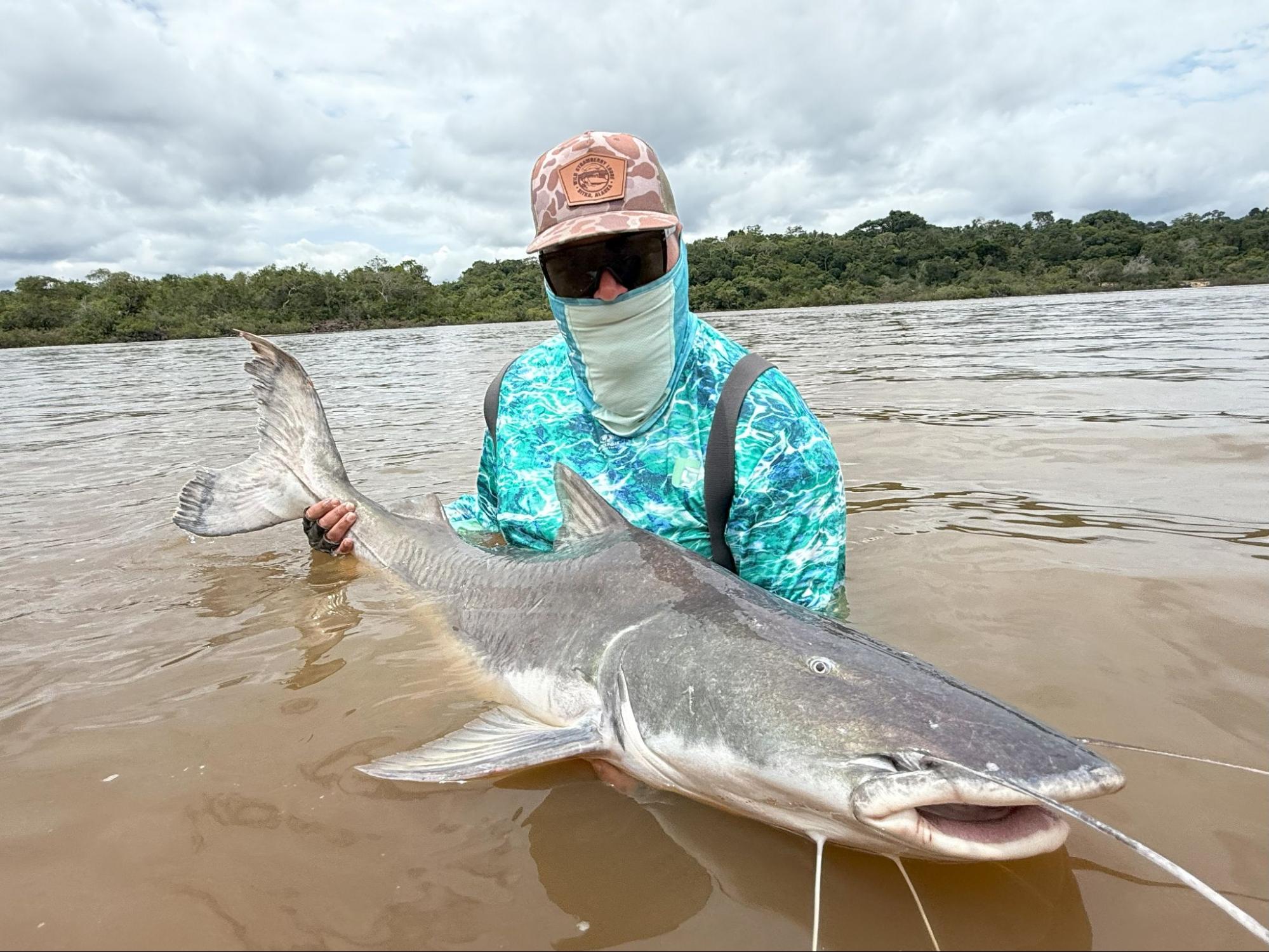
ID Key: Distinctive red markings on the lips, an underslung jaw and its enormous size generally makes identification of adult specimens clear.

Fishing Tactics: How to Catch Piraíba
Piraíba are one of the largest true freshwater catfish in the world, and one of the most powerful species in the Amazon. Targeting them is not a casual endeavor—it demands dedicated gear, expert boat positioning, and a willingness to wait them out in deep, fast-moving water. These massive catfish are most often found in main river channels, where current is strong and depth can exceed 100 feet. Productive areas include major river junctions, undercut banks, and deep sand-bottomed channels where baitfish concentrate.
If you’re serious about catching Amazon River catfish of this size, you’ll need to come prepared with industrial-strength gear and a strategic approach.
Recommended Tackle for Piraíba:
Rods and Reels: 50–100 lb class saltwater or heavy-duty catfish setups
Hooks: Large circle hooks, sized 12/0 to 16/0
Leader: 200 lb monofilament or fluorocarbon leader (abrasion-resistant)
Weight: 1–2 lb egg sinkers (depending on current speed)
Bait: Fresh-cut oily baitfish such as matrinchã, curimatã, or sardinha
Piraíba Fishing Strategy:
Anchor just upstream of a deep channel and drop your bait to the bottom. The goal is to present it in the slow-moving eddy just behind the current seam—where big fish wait to ambush.
Be patient. Strikes may not come quickly—and they may not feel like strikes at first. A piraíba often picks up the bait gently, drifting with it before truly committing.
Let the fish load the rod. Do not attempt an aggressive hookset. Allow the circle hook to rotate naturally into the corner of the fish’s jaw. Once the rod begins to bend and the fish moves away purposefully, tighten the drag steadily to set the hook.
Be ready for a violent first run. Once hooked, a piraíba will tear downstream with brute strength. Fights can last up to an hour and will test both your gear and your resolve.
Boat control is essential. Large piraíba will head for structure or attempt to sound into deep holes. Stay mobile, track the fish’s direction, and avoid letting it reach areas with submerged rocks or snags.
Catching a piraíba is a rare and remarkable accomplishment. Some anglers may fish for days without a bite. Others may hook one but never land it. But when everything goes right and you see a giant Amazon catfish breach the surface—broad-headed, silver-backed, and longer than your leg—it’s a moment that defines your entire trip.

Photo Above: In February 2007, Russell Jensen of the Bronx, New York, traveled with Acute Angling and caught a 295-pound specimen of the piraíba (or Goliath Catfish). Jensen battled the giant for 90 minutes on a Daiwa rod and Penn reel spooled with an 80 pound-test Power Pro braided line.
This catch (above) was confirmed by the IGFA as the all-tackle record for the species, making it, at the time, the largest catfish ever caught on rod and reel and verified.
Jaú — Zungaro zungaro (Humboldt, 1821)

Gary Parson and Dana Rubenser with Jaú Catfish on the Xingu River Multi-Species Trip.

The jaú is one of the Amazon’s largest catfish and an important member of the Pimelodidae family. More benthic in habit and less agile than the piraíba, its strength lies in its bulk and stubborn, bottom-hugging power. Though widely distributed, it is not uniformly found—some rivers are loaded with jaú while neighboring tributaries may have none at all.

ID Key: Thicker-bodied than the piraíba, with a large adipose fin and robust pectorals. Less elongated overall.

Fishing Tactics: How to Catch Jaú
Jaú are one of the Amazon’s most powerful catfish—and perhaps its most underrated. These bottom-dwelling giants are incredibly strong, stubborn, and deceptively elusive. Found in deep holes, undercut ledges, and heavy structure, they often inhabit calmer water near rocky areas.
Although they rarely reach the length of a full-grown piraíba, jaú can exceed 120 pounds and are among the heaviest-bodied Amazon catfish. Once hooked, they rely on brute strength and bottom-hugging tactics to test your tackle, your technique, and your patience.
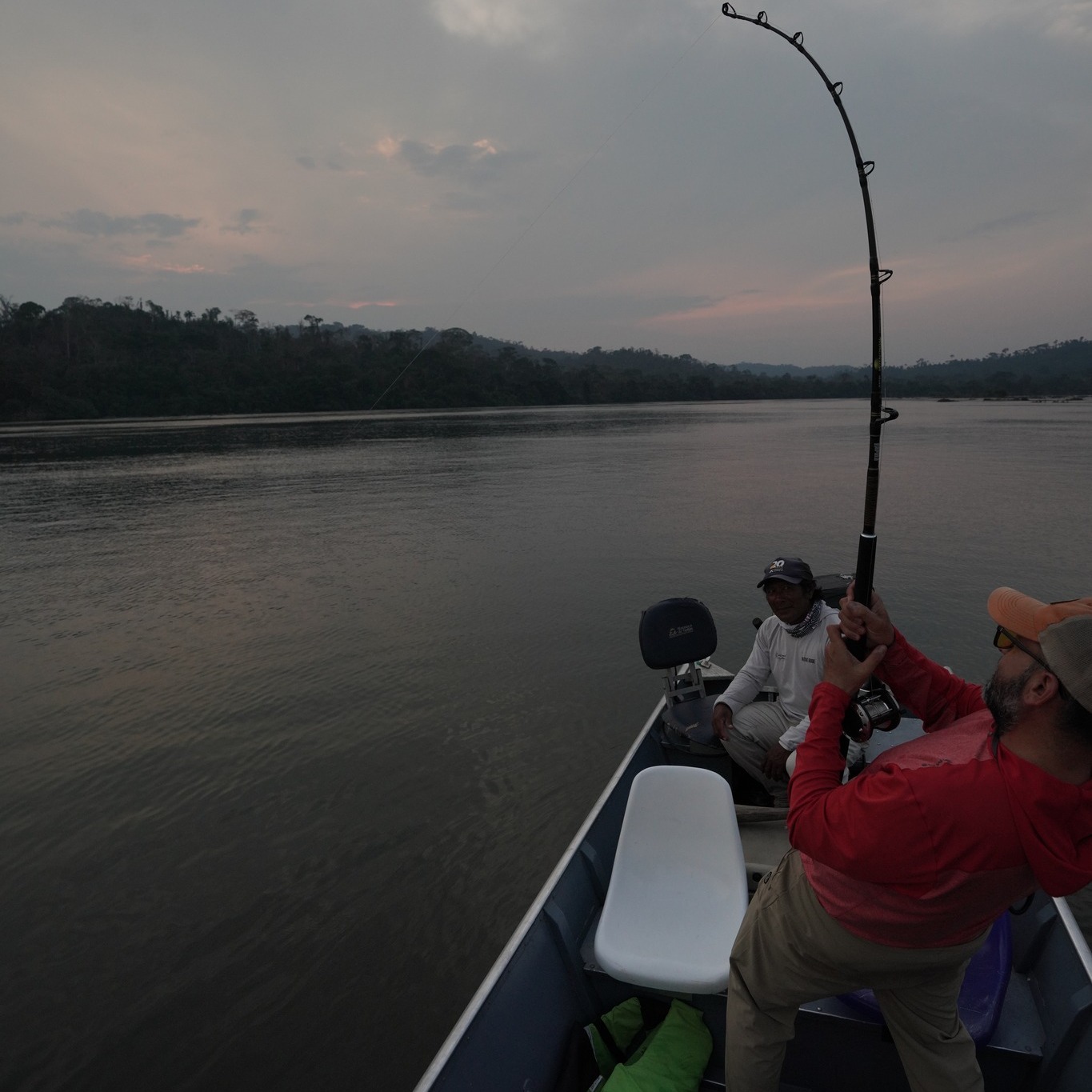
Recommended Tackle for Jaú:
Rod and Reel: 80–100 lb class rods with high-drag saltwater reels
Line: 80–100 lb. braided line with excellent abrasion resistance
Leader: Wire or heavy mono leader (100–150 lb), especially near rocks
Hook: 12/0–14/0 circle hooks
Weight: Sliding egg sinker, 6–12 oz depending on depth and current (might need several for fast water)
Bait: Large chunks or heads of oily baitfish (curimatã, matrinchã, traíra)
Jaú Fishing Strategy:
Find the structure. Jaú are ambush predators that favor deep holes, rocky outcroppings, and log-infested drop-offs. They’re often located in slower eddies adjacent to swift main channels or just downstream of river junctions.
Anchor upstream of the target zone, and let your bait drift naturally into position. The goal is to keep it close to bottom while minimizing movement.
Be patient and attentive. A jaú’s bite isn’t always explosive. The fish may mouth the bait, move slightly, and then return. Let the rod load and use a steady upward sweep to allow the circle hook to seat properly.
Once hooked, the fight begins vertically. Unlike piraíba, jaú rarely make long horizontal runs. Instead, they bulldog straight down, using their mass and the riverbed to resist upward movement.
Apply constant pressure, but don’t overpower. If your drag is too tight, they’ll surge into structure. If it’s too loose, they’ll outlast you. The best approach is a calculated give-and-take, keeping the rod loaded and working the fish steadily upward.
Boat control is critical. Use the current to your advantage. Position your vessel slightly downstream and offset from the fish to help pull it out of cover. If the fish hangs up, reduce pressure and wait. Many jaú will eventually move again, giving you a second chance.
Landing a jaú isn’t about speed or spectacle—it’s about stamina, positioning, and precision. While less acrobatic than piraíba and not as fast as redtails, jaú will push your gear to the limit. It’s a battle of inches and leverage, and for many anglers, the slow, grinding fight of a jaú is among the most satisfying challenges in Amazon fishing.
Redtail Catfish — Phractocephalus hemioliopterus (Bloch & Schneider, 1801)
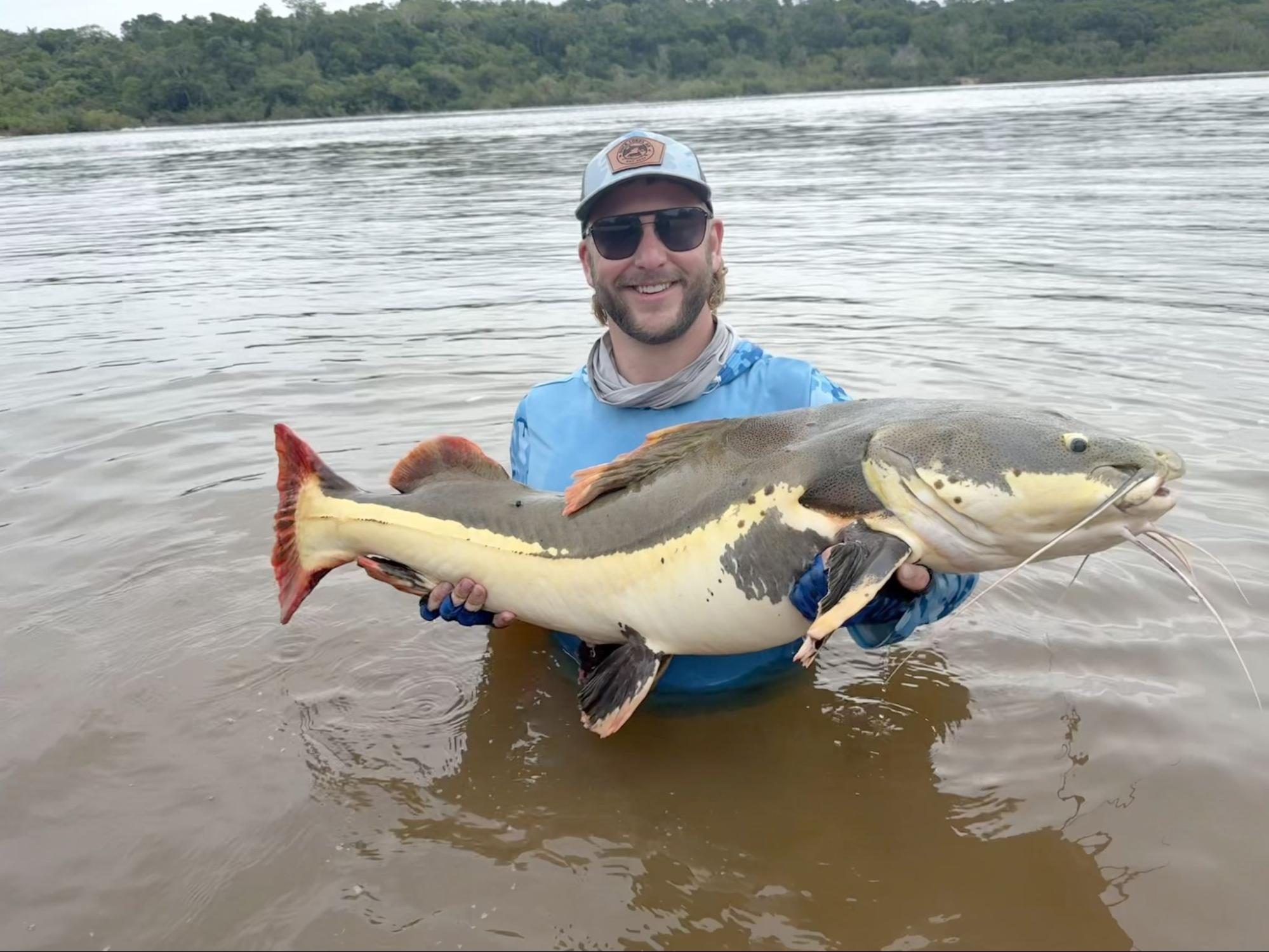
Justin Karleski with a giant Amazon Redtail Catfish (Pirarara) on the Rio Aripuanã Multi-Species Trip

Known in Brazil as pirarara, this is one of the most widespread and recognizable Amazon catfish species. Highly adaptable, redtails thrive in both acidic blackwater and alkaline highland rivers. Their brightly colored fins and voracious appetite make them both photogenic and catchable—often the first catfish landed on an Amazon fishing trip.
An extremely powerful fighter, redtails are known for a sustained, line-peeling initial run and the ability to find a tangle of submerged logs at the end. Their unique markings and bright coloration makes them unerringly easy to identify and their seemingly endless appetite makes them an exciting Amazon river catfish.
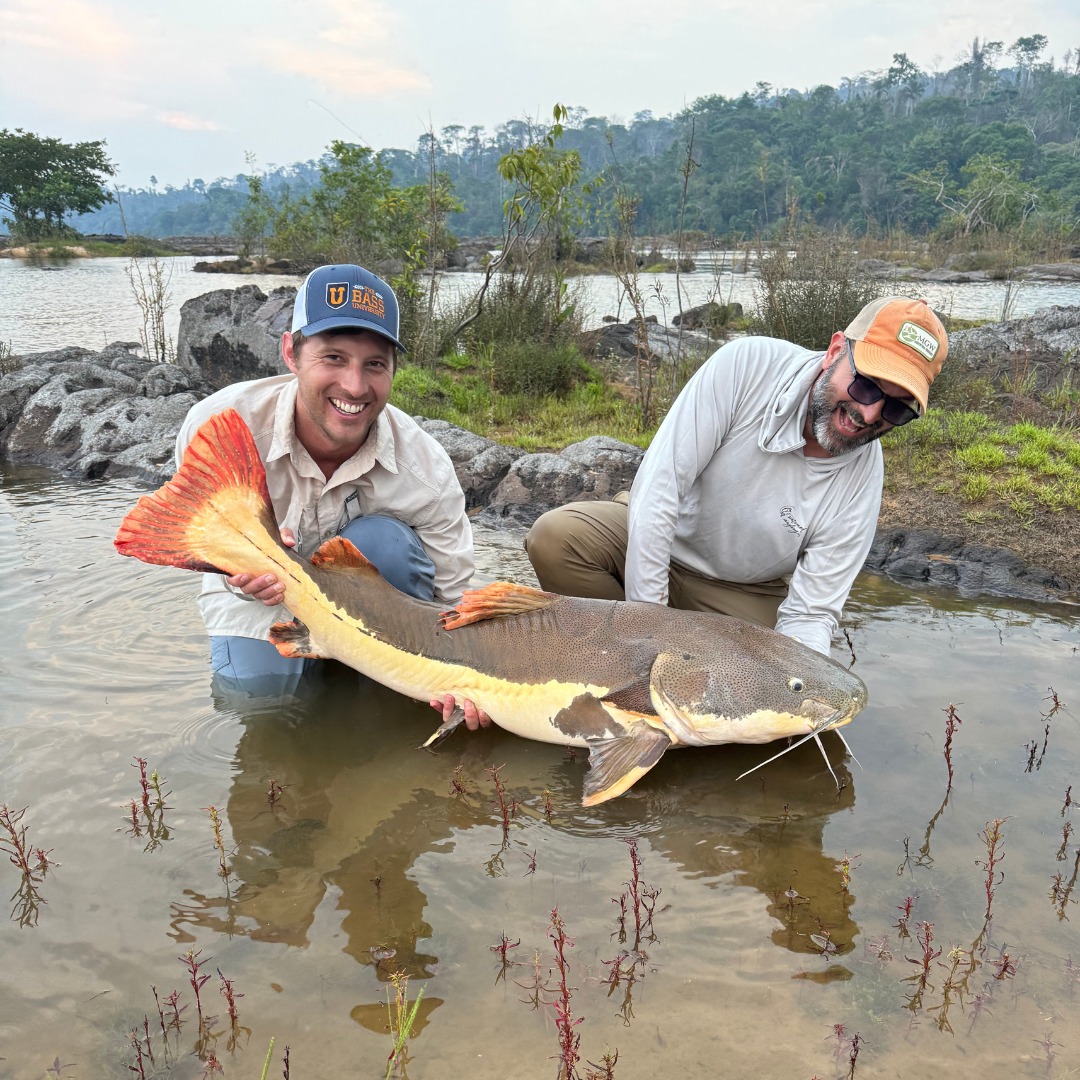
Zach Porter and Xingu guide Christian with a giant Amazon Redtail Catfish on the Xingu River Multi-Species Trip
ID Key: Red tail and fins, mottled body coloration. The bright tail is unmistakable.
Fishing Tactics: How to Catch Redtail Catfish
Among the giant catfish of the Amazon, redtail catfish are often considered the most accessible—and one of the most entertaining. These hard-fighting predators strike with confidence and can be caught on everything from free-swimming live bait to even a Wooly Bugger fly. But when targeting redtails specifically, cut bait provides the most reliable results.
The ideal bait is the head of a traíra, a hardy Amazonian fish easily caught in very shallow water with small topwater lures like a Zara Spook. The head is tough, stays on the hook, and is almost always quickly accepted by redtails. Piranhas also make excellent bait when traíra aren’t available.
Recommended Tackle for Redtails:
Rod and Reel: 50–80 lb class rods with high-drag saltwater reels
Line: 80-100 lb braided main line (heavier for trophy targeting)
Leader: 120–220 lb wire leader, 12–18 inches long
Hook: 14/0 circle hook, haywire twisted to leader
Swivel: 180 lb test barrel swivel
Weight: 2 oz or sliding egg sinker (heavier, depending on current)
Bait: Traíra head (preferred) or cut piranha
Optional (for trophies): Ugly Stik heavy rod + Ambassadeur 7000 reel with 80–100 lb line
Redtail Fishing Strategy:
Redtails can be targeted either casually—while taking a break from peacock bass fishing—or deliberately, with heavy gear. Their aggressive nature, resilience, and willingness to strike make them a great option for all skill levels.
In lightly structured rivers, even a slight bend can hold fish. Drop bait into the deeper, outer curve of the channel.
In more complex rivers, focus on deep pools, eddies, and areas with submerged structure.
Piranha activity on your bait is often a positive sign—don’t remove the bait if it’s being stripped. A nearly bare traíra head can still attract a redtail.
Wait up to 15 minutes. If there’s no bite, move to the next spot.
The Take & Hookset:
Redtail takes are rarely subtle. These Amazon catfish strike with sudden force and begin to move off quickly. With your bail open or clicker on:
Let the fish run until it’s clearly moving away with the bait.
Point your rod tip upward.
Engage the reel.
Let the rod load until pulled downward.
Apply steady pressure.
This process allows the circle hook to rotate safely into the corner of the fish’s mouth, ensuring a non-lethal, secure hookset.
Fighting & Landing Redtails:
On lighter tackle, the first run can be explosive. Be ready to move the boat with the fish—don’t try to stop it with your thumb or an overly tight drag, or you risk a break-off.
Once the run ends:
Apply increasing pressure and begin to lift the fish off the bottom.
If possible, position the boat nearly above the fish and slightly offset to gain mechanical leverage.
If the redtail stays pinned to the bottom, it may find cover or structure and break you off—even after a clean hookup.
At the boat, redtails can be safely lifted by their bony pectoral fins. These fish often make low, grunting sounds while being handled. Snap your photo and return them to the water quickly to ensure a healthy release in protected structure.
Heavy Tackle Option for Record Hunters:
For anglers pursuing trophy Amazon catfish, a heavier rig increases landing success. A stiff, short Ugly Stik rod paired with an Ambassadeur 7000 reel spooled with up to 100 lb test gives you the power to:
Slow down early runs
Muscle big fish off the bottom
Shorten fight time for better survival rates
This approach is ideal for serious anglers fishing fast current, deep structure, or record-class waters.

Sorubim (Tiger Catfish) — Pseudoplatystoma tigrinum (Valenciennes, 1840)
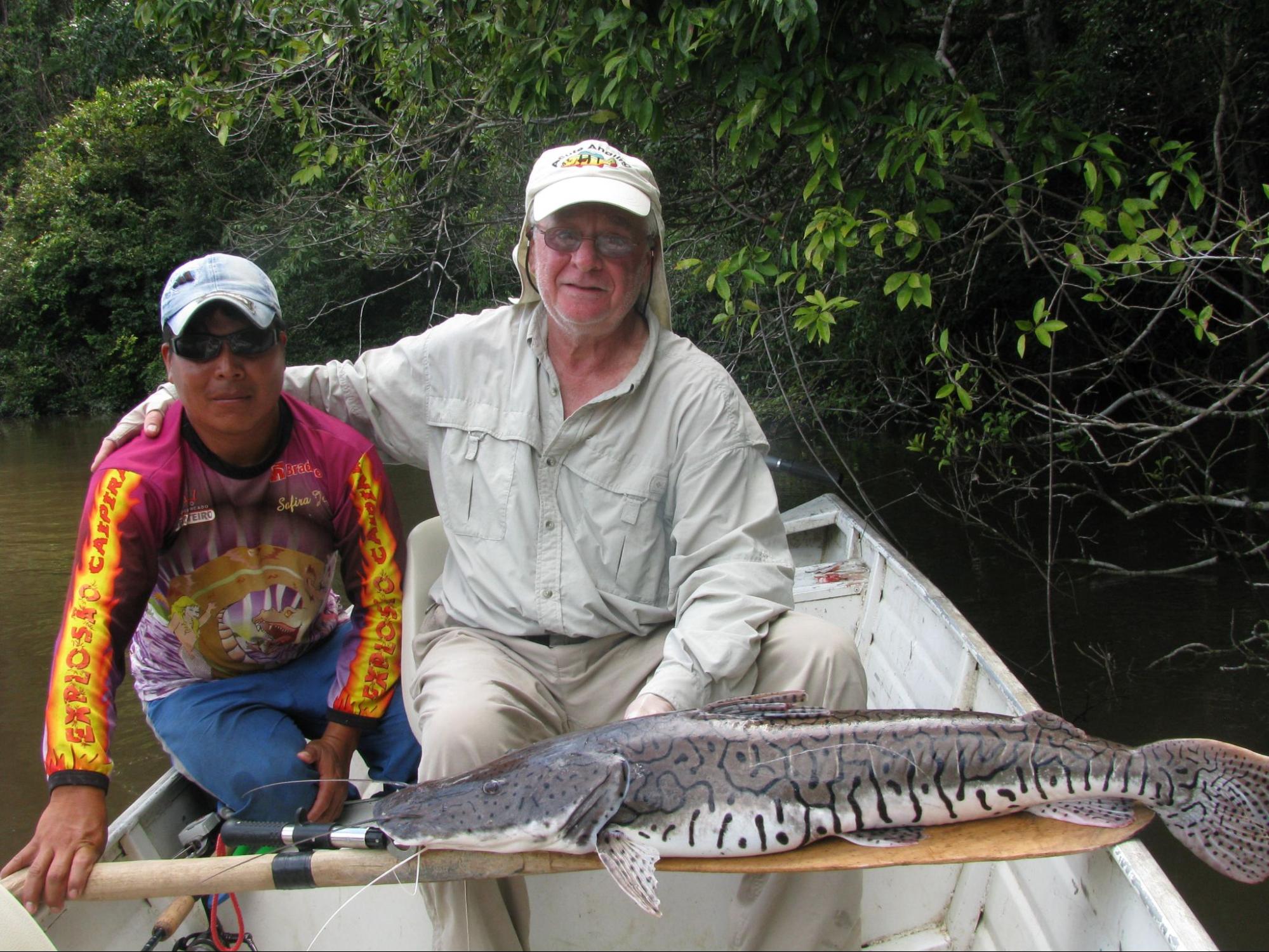
Acute Angler Brent Morgenstern with a beautiful Sorubim catfish

If a catfish can be called beautiful, this is the one. Sorubim boast an elegant pattern composed of hieroglyphic black markings on a silver gray background dorsally and stark white ventrally. The common name sorubim is used for several similarly shaped species in the genus. Body markings, typical habitat and maximum size differ.
It is commonly encountered by anglers in Amazon lowland and Guyana shield highland fisheries. Although mostly an evening and nocturnal feeder, anglers are often surprised by large sorubim attacking artificial lures in open water at any time of day.
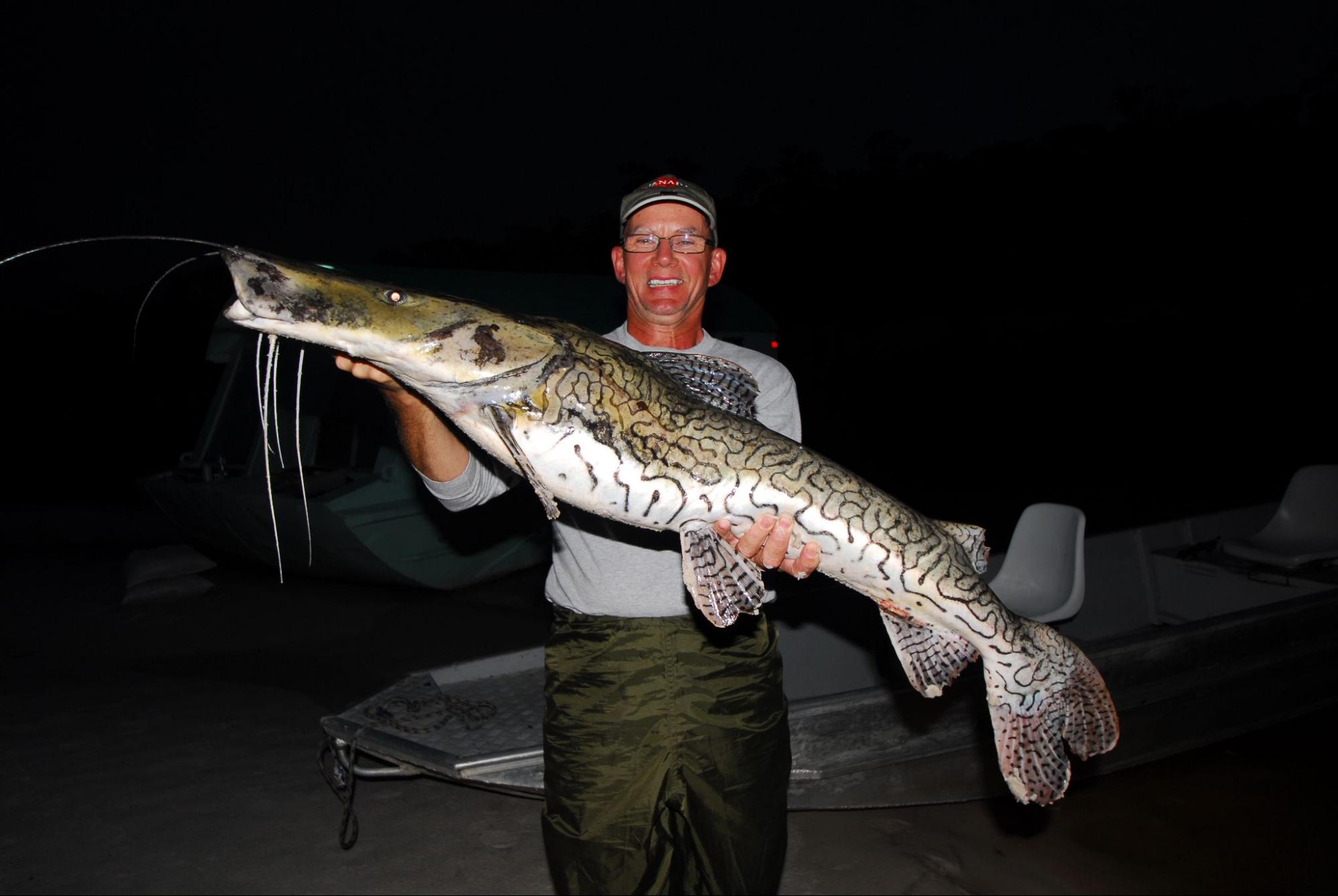
ID Key: Elongated body, large terminal mouth, flattened head, tiger-striped pattern over silver-gray dorsum.

Fishing Tactics: How to Catch Sorubim
The sorubim may not be the largest catfish in the Amazon, but it’s one of the most thrilling to catch. Also known as striped catfish or tiger shovelnose, this sleek, whiskered predator fights with stamina and speed—making it a favorite of both multi-species anglers and those targeting catfish on lighter tackle.
Unlike most bottom-hugging giants, barred sorubim frequently hunt in shallower water and will readily strike artificial lures, especially during low-light periods. Their agility and willingness to chase a moving bait make them a fun and accessible target for anglers more familiar with peacock bass fishing.
Recommended Tackle for Sorubim:
Rod and Reel: Medium-heavy spinning or baitcasting gear (peacock bass tackle works well)
Line: 30–50 lb braided main line
Leader: Wire or heavy mono leader (80–100 lb), especially in piranha-rich waters
Hook: 10/0–14/0 circle hook or smaller J hook
Weight: 1 oz sliding sinker (adjust as needed for current)
Bait: Small live baitfish or cut bait (e.g., traíra, sardinha)
Optional: Topwater plugs and jigs during active periods
Sorubim Fishing Strategy:
Target evening or early morning hours, especially in high-gradient fisheries where current is present. Barred sorubim are crepuscular feeders, often becoming more aggressive as light fades.
Look for beaches with adjacent drop-offs. These fish prefer to forage along the transition between shallow flats and deeper water. Cast your bait onto the edge of the beach and allow it to drift slowly toward the drop-off.
Use minimal weight. A small sliding sinker (around 1 oz) allows the bait to move naturally with the current—a presentation that closely mimics a wounded or drifting baitfish.
Be ready for a hard take. When a sorubim decides to strike, the bite is rarely subtle. They hit with speed and authority, often pulling line immediately.
Once hooked, expect a dynamic fight. Unlike other Amazon catfish that rely on brute force or anchoring tactics, sorubim fight in open water, using sharp direction changes and fast runs. Maintain steady pressure and avoid overtightening the drag, which could cause the fish to spit the hook during a surge.
The barred sorubim is a favorite among anglers exploring the full spectrum of Amazon catfish species. Their aggressive nature, moderate size, and willingness to hit lures make them an exciting and frequent bycatch on multi-species Amazon fishing trips. Whether you’re targeting them intentionally or picking one up while casting for peacocks, a hooked sorubim is always a welcome surprise.
The barred sorubim is a favorite among anglers exploring the full spectrum of Amazon catfish species. Their aggressive nature, moderate size, and willingness to hit lures make them an exciting and frequent bycatch on multi-species Amazon fishing trips. Whether you’re targeting them intentionally or picking one up while casting for peacocks, a hooked sorubim is always a welcome surprise.
Jundia — Leiarius marmoratus (Gill, 1870)
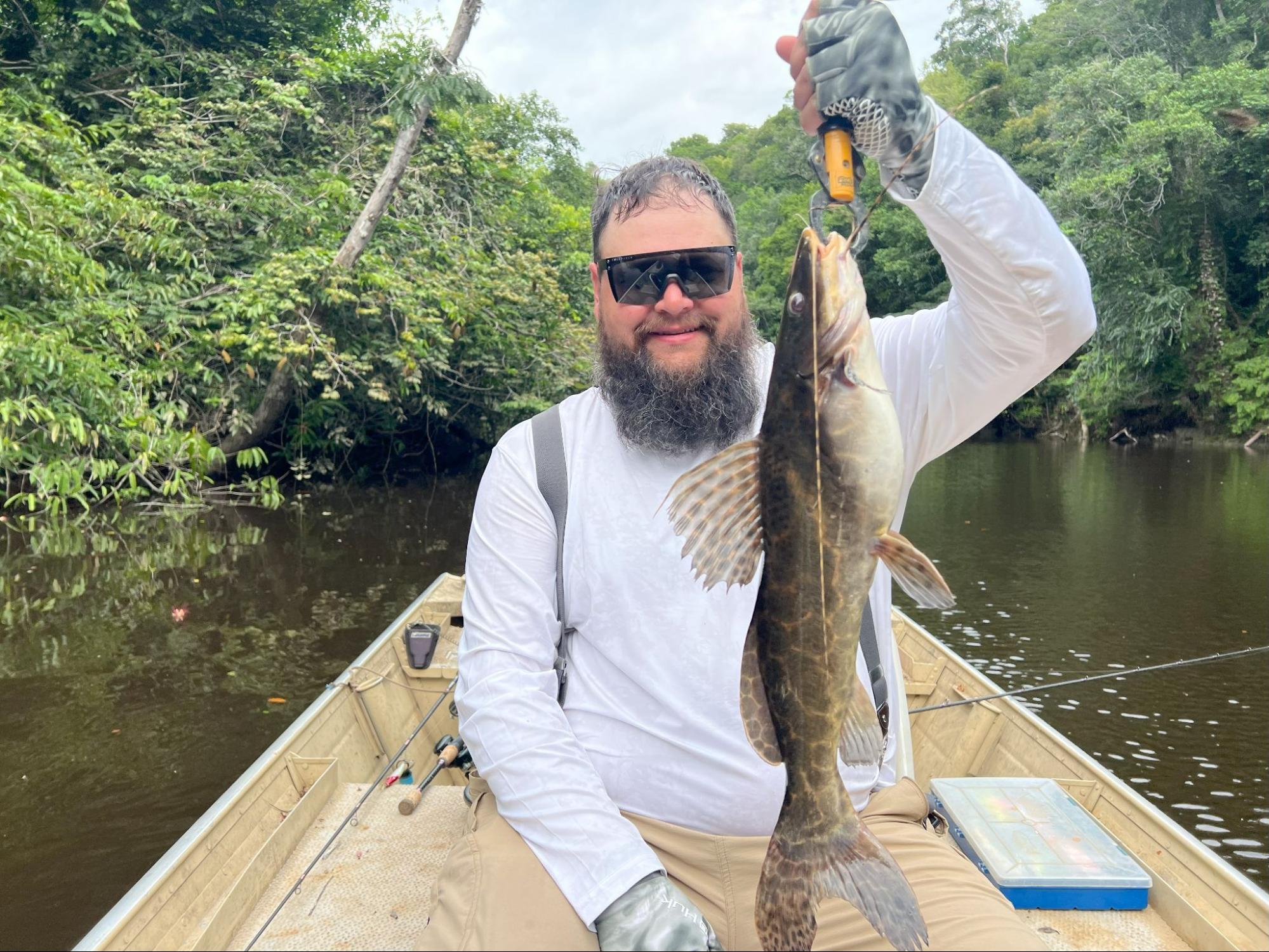
Joshua Badder with a Jundia catfish on the Rio Aripuanã Multi-Species Trip

While not a true giant, the jundia is a prized target for its strong fight, availability, and culinary appeal. They often school and strike in packs, providing fast action.
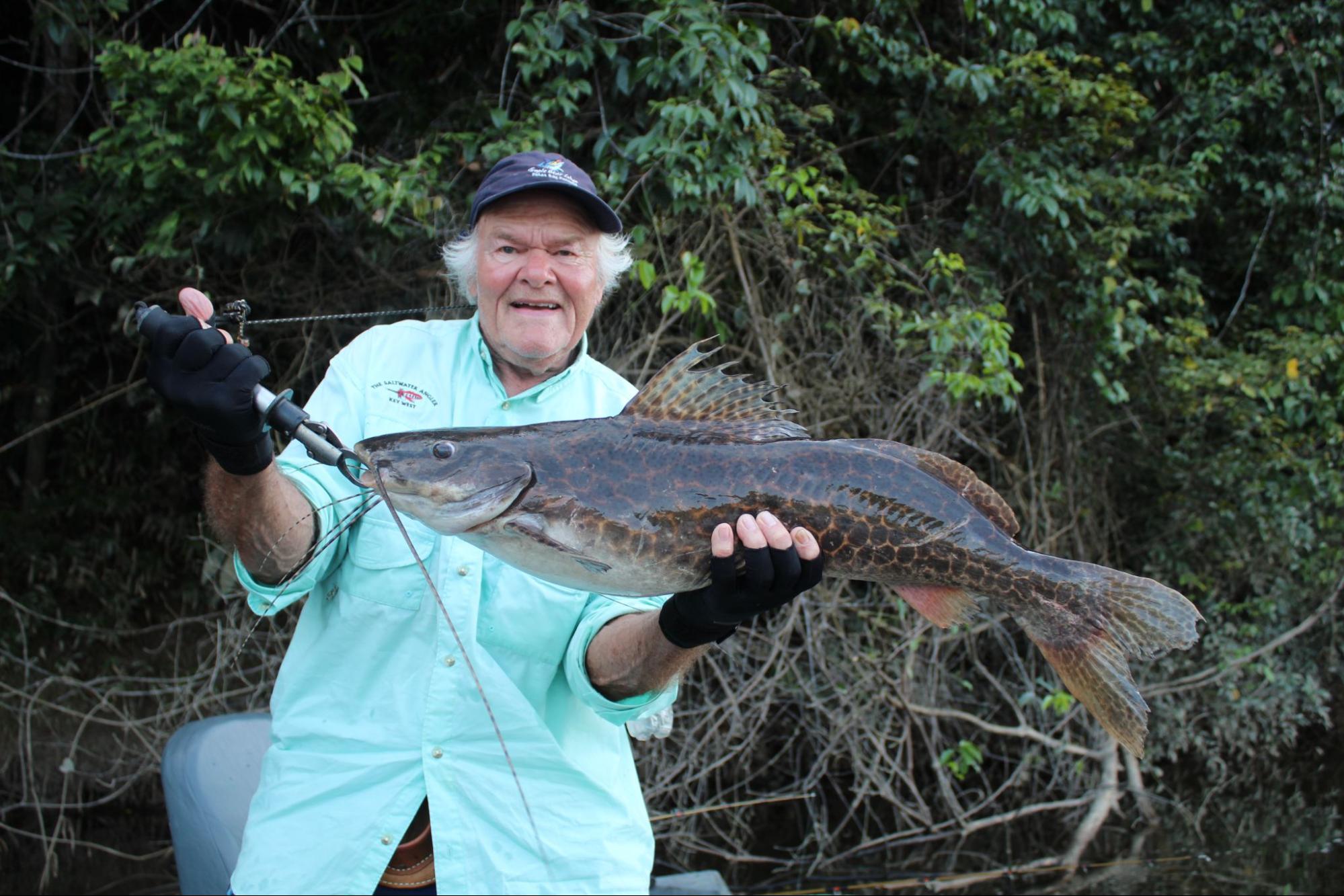
An Acute Angling client with a Junida Catfish
ID Key: Large brown blotches outlined in gold on upper flanks, fading to white below.

Barba-Chata — Pinirampus pirinampu (Spix & Agassiz, 1829)

Larry Larsen with a barba-chata catfish

Also known as the flat-whiskered catfish, this silvery mid-sized cat is a strong, determined fighter. Though less common than some species, it adds exciting variety to multi-species fishing.
ID Key: Silvery body, elongated form, and long, ribbon-like barbels.

Fishing Tactics:
Target in deeper eddies or near drop-offs using cut bait or live bait. These fish strike with speed and make long runs before settling into a dogged fight.
Catch and Release Best Practices
All Amazon catfish featured here are catch-and-release species on Acute Angling trips. Because of their size and strength, proper handling is critical.
Use circle hooks to prevent deep hooking
Keep fish in the water as much as possible
Support weight horizontally, not vertically by the jaw
Avoid laying fish on the boat deck
Release in deeper water to prevent dolphin predation
This helps protect the fishery for future anglers and supports conservation of some of the Amazon’s most majestic creatures.
Summary Table: Key Giant Catfish of the Amazon

Final Thoughts
Whether you're a seasoned catfisherman or an adventurous Amazon fishing trip traveler seeking something new, these catfish represent the apex of South America’s freshwater ecosystem. From the monstrous piraiba to the beautifully marked sorubim, the giant catfish of the Amazon offer anglers a chance to test their tackle, stamina, and strategy against some of the strongest fish on Earth.
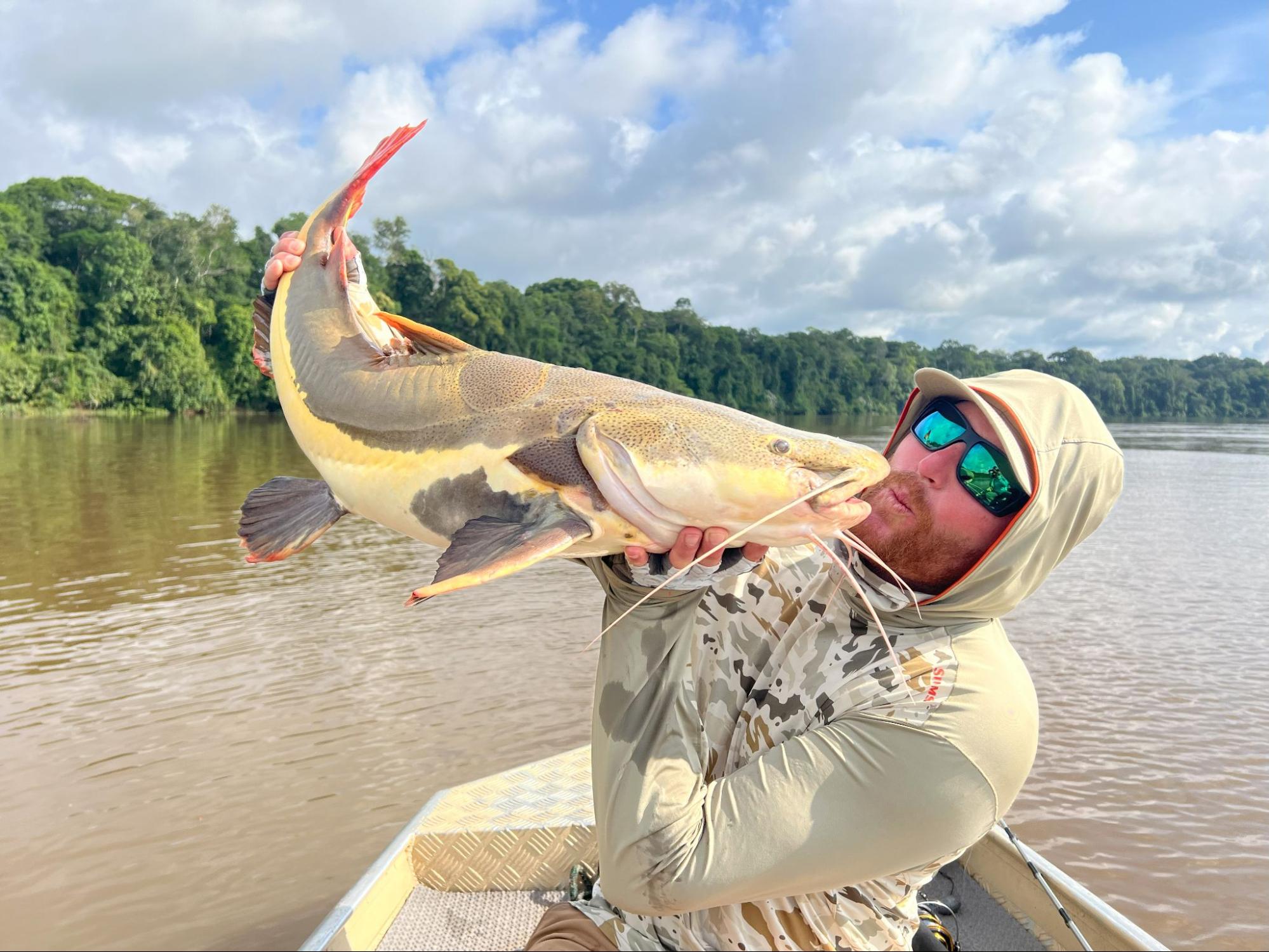
These species are an integral part of the multi-species fishing opportunities offered by Acute Angling. With experienced guides, world-class access, and catch-and-release conservation in place, anglers can experience the Amazon River catfish fishery in its full, untamed glory.
Now join us on an Amazon giant catfish adventure!
📧 (866) 832-2987
References
Froese, R. and D. Pauly. FishBase. www.fishbase.org
Lundberg, J. G., & Littmann, M. W. (2003). Family Pimelodidae, in CLOFFSCA
Nelson, J. (2006). Fishes of the World. Wiley & Sons
Stiassney, M. et al. (1996). Interrelationships of Fishes. Academic Press
Rapp Py-Daniel, L. (2007). INPA graduate coursework, Manaus, Brazil

(866) 832-2987

